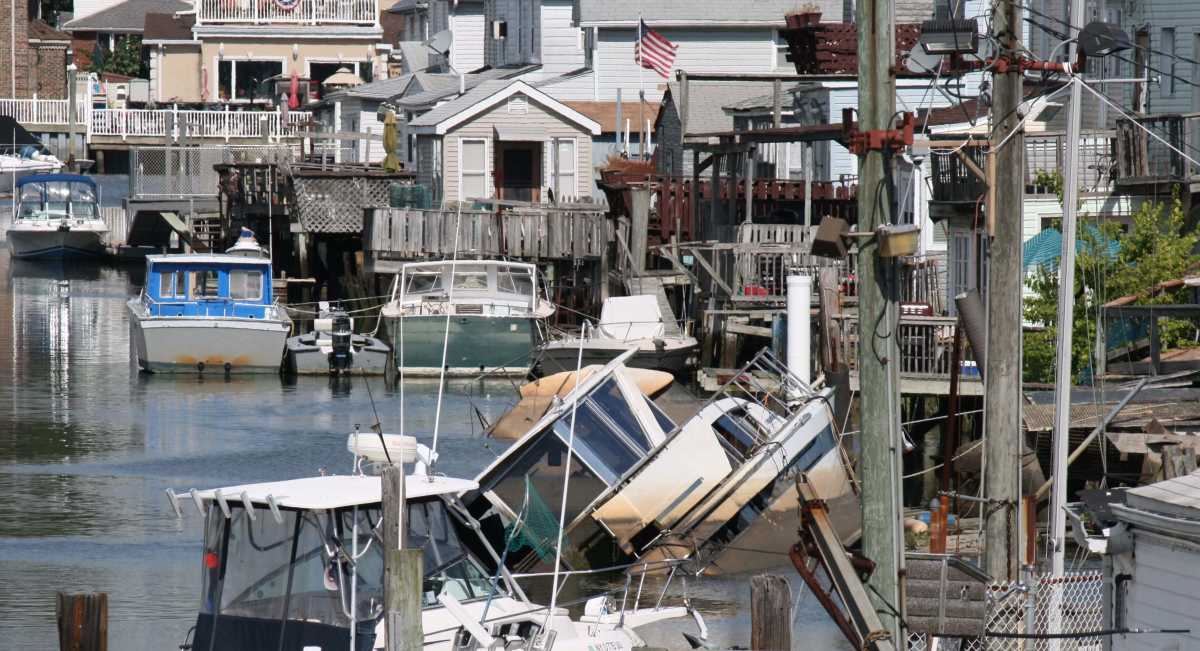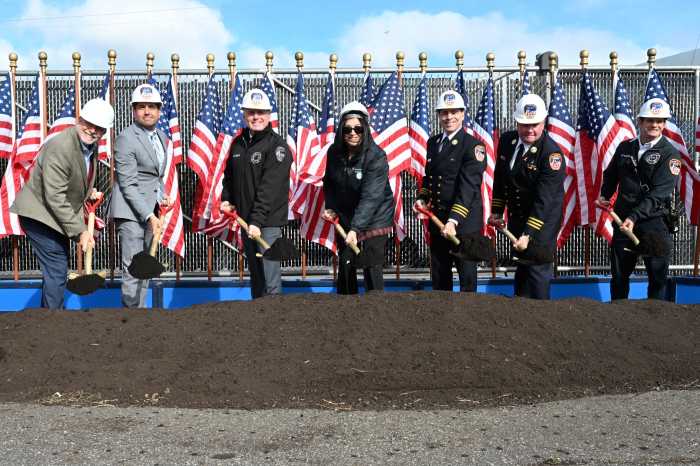The city has not spent nearly as much as it could in the years since Superstorm Sandy to protect waterfront communities and NYCHA residents, according to a new report from Comptroller Scott Stringer.
Not only does the city have the funds to reinforce the safety of these communities from the likelihood of more Superstorm Sandy like hurricanes, but only half of the $15 billion federal grant to for preparation has been spent since it was acquired in 2012, Stringer claims.
Meanwhile, NYCHA has only spent 41 percent of FEMA funding awarded from the feds following the October 2012 storm.
“It’s not a question of whether New York will be hit by another superstorm like Sandy, but when. Yet six years after Sandy hit, we still haven’t fully recovered and many of the City’s homes, businesses, schools and hospitals remain dangerously exposed to the next storm. We have to do more, and we have to do it now,” Stringer said. “Safeguarding our shorefront is not a priority we can kick down the road – it’s an emergency. Lives are at stake, homes and businesses are on the line, and futures hang in the balance. We need to act with the urgency that our climate crisis demands because time is not on our side.”
But Jainey Bavishi, Director of the Mayor’s Office of Resiliency, responded with the claim the city is safer from the potential volatility of its waterways than ever before.
“There is no spending lag. The bulk of federal recovery funds for New York City were not made available until 2015, and we are not scheduled to spend all FEMA and HUD funds for years. We are on track to meet all federal deadlines and we are spending our federal recovery funds faster than the national average,” Bavishi said. “The risks posed to New Yorkers by climate change are real, they are severe, and we are acting with unparalleled urgency to address them, especially in our most vulnerable communities. Re-envisioning hundreds of miles of waterfront in a dense, urban environment, conducting robust community engagement, and constructing unprecedented, large-scale infrastructure projects are all complex, multi-year endeavors, but the City has made significant progress toward adapting to climate change.”
In his report, Stringer not only called for the city to speed up spending on the “already-allocated” funds, but also called on the federal government to remove red tape around financial support for disaster relief.
The Mayor’s Office of Resiliency echoed this by stating there was in fact red tape around federal funds that did not allow the city to access relief until 2015.
Resiliency also cited U.S. Department of Housing and Urban Development analysis that showed average disaster relief spending six years after an event is normally at 72 percent. The city has spect around 76 percent, according to Resiliency, putting New York ahead of the national average.
State Senator Joseph Addabbo represents an area of Queens where wrecked homes and were slow to recoup amid the ensuing disaster that was the Build It Back program.
“After seeing the devastation left behind by Superstorm Sandy, with some residents still not in their homes more than six years later, it is baffling that the city has only spent 54 percent of the $14.7 billion in federal funding for repairs due to the storm, according to NYC Comptroller Scott Stringer’s recent report,” Addabbo said. “I join Stringer in urging federal agencies to hasten the process of getting these funds where they are desperately needed. That money is needed to help repair the damage that still remains, and just as important, to fortify communities that are still in danger from future storms and rising sea levels.”
While Rockaway Beach boardwalk, fresh sand at on Staten Island and the Rockaways as well as the T-groin project in Sea Gate have stood as some of the only storm resiliency projects completed by the city, it is not lost on south Queens residents that climate change is coming for them.
At a town hall in late April, residents of Howard Beach and the surrounding communities scowled as the New Hamilton Beach Civic Association presented flood plain maps. Some of them could see their crossroads on a projected map of the north side of Jamaica Bay around Hawtree and Shellbank Basins. Tidal and sunny day flooding has only increased over the last 20 years in these areas.
Calling on the need for better storm surge protection, Roger Gendron, the president of the civic, called on the Army Corps of Engineers (ACE) to build berms, levees, storm barriers and interior drainage promised in the 1960s.
“The flood lines from Sandy inundated every block in Hamilton Beach and Howard Beach,” Gendron said. “All of the flooding and damages associated with it could have been avoided had the Army Corp. of Engineers not dropped the ball regarding a hurricane barrier for our community.”
According to Gendron, the average 1-in-every-25-year storm can cause up to $30 million in damage while the average storm of the century can result in $1.2 billion. Sea levels are projected to rise 32 inches by 2100, Gendron claims the cost to communities can be even greater.
The mayor’s office did not immediately respond to a request for comment.




































